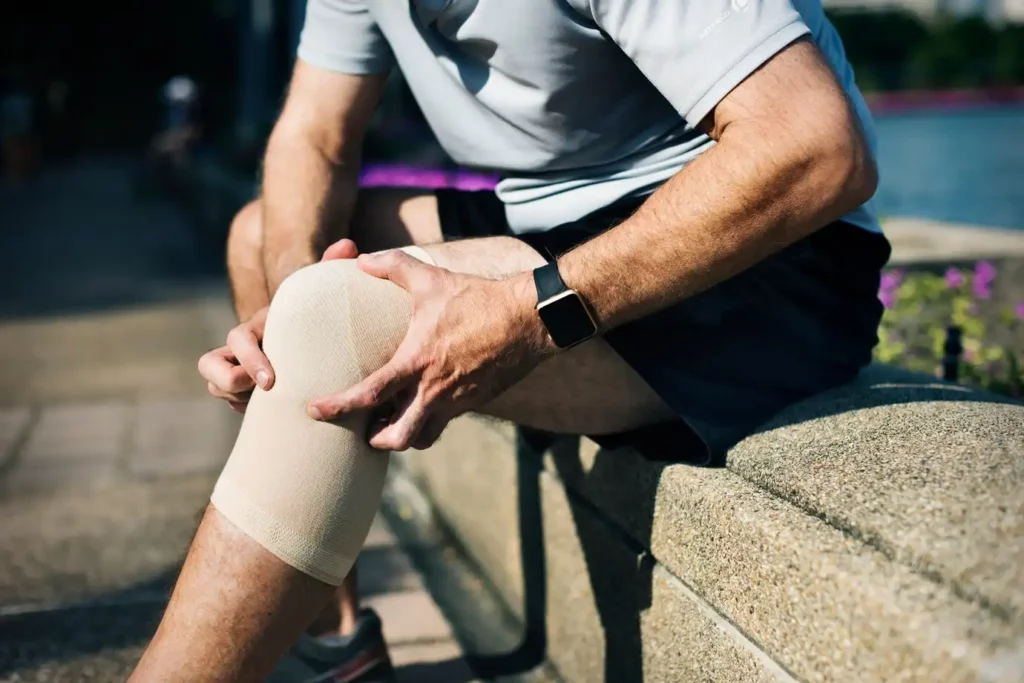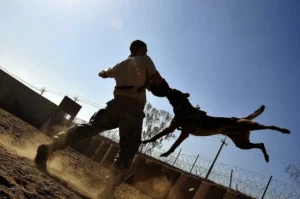Common Types of Sports-Related Injuries
1. Sprains and Strains
- Sprains occur when ligaments are stretched or torn, often in the ankle or wrist.
- Strains involve stretched or torn muscles or tendons, commonly affecting the hamstrings or lower back.
Prevention Tips:
- Always warm up before physical activity.
- Incorporate stretching and flexibility exercises into your routine.
2. Fractures
Fractures, or broken bones, are common in high-impact sports like football or basketball.
Prevention Tips:
- Use appropriate protective gear, such as shin guards or helmets.
- Avoid overtraining to prevent stress fractures.
3. Concussions
Concussions are brain injuries caused by a blow to the head, frequently seen in contact sports like football or soccer.
Prevention Tips:
- Wear helmets that meet safety standards.
- Learn proper techniques to avoid head impacts.
4. Tendon and Ligament Injuries
- ACL tears are common in sports that involve sudden stops or changes in direction, like soccer.
- Tennis elbow results from repetitive arm movements, particularly in racquet sports.
Prevention Tips:
- Strengthen supporting muscles with targeted exercises.
- Avoid repetitive motions by varying your activities.
5. Overuse Injuries
Overuse injuries, such as shin splints or runner’s knee, develop from repetitive stress on a body part over time.
Prevention Tips:
- Allow sufficient rest between intense workouts.
- Gradually increase the intensity and duration of your training.
How to Prevent Sports Injuries
- Warm-Up and Cool Down
Proper warm-ups prepare your body for activity, while cooling down helps prevent stiffness and soreness. - Use the Right Equipment
Ensure gear like helmets, pads, and footwear is appropriate for your sport and fits correctly. - Stay Hydrated
Dehydration can lead to cramps and decreased performance. Drink water before, during, and after activity. - Follow Proper Technique
Learning and practicing correct techniques reduces the risk of injury caused by poor form. - Rest and Recovery
Overtraining increases the risk of injuries. Prioritize rest days and listen to your body’s signals.
Recovery Strategies for Sports Injuries
1. The R.I.C.E Method
For minor injuries, use the Rest, Ice, Compression, and Elevation method to reduce swelling and pain.
2. Physical Therapy
A physical therapist can help you regain strength, mobility, and flexibility through tailored exercises.
3. Gradual Return to Activity
Avoid rushing back into sports. Gradually increase your activity level under medical guidance.
4. Pain Management
Use over-the-counter medications or prescribed treatments as directed by a healthcare provider.
5. Surgery and Advanced Treatment
In severe cases, surgical intervention may be required, followed by rehabilitation.
When to Seek Medical Attention
- If the pain is severe or persistent.
- If swelling doesn’t subside after a few days.
- If you experience difficulty moving the affected area.
Consult a sports medicine specialist or physician for a proper diagnosis and treatment plan.
The Role of Mental Health in Recovery
Recovering from a sports injury can take a toll on your mental well-being. To stay positive and focused:
- Set realistic goals for your recovery.
- Seek support from teammates, coaches, or a counselor.
- Celebrate small milestones during the healing process.
Conclusion
Sports-related injuries are often part of an athlete’s journey, but they don’t have to sideline you for long. By taking preventive measures and adopting effective recovery strategies, you can minimize downtime and return to the activities you love stronger than ever.
For more tips on injury prevention and recovery, visit Injuries Wiki—your trusted guide to staying safe and healthy in sports.









